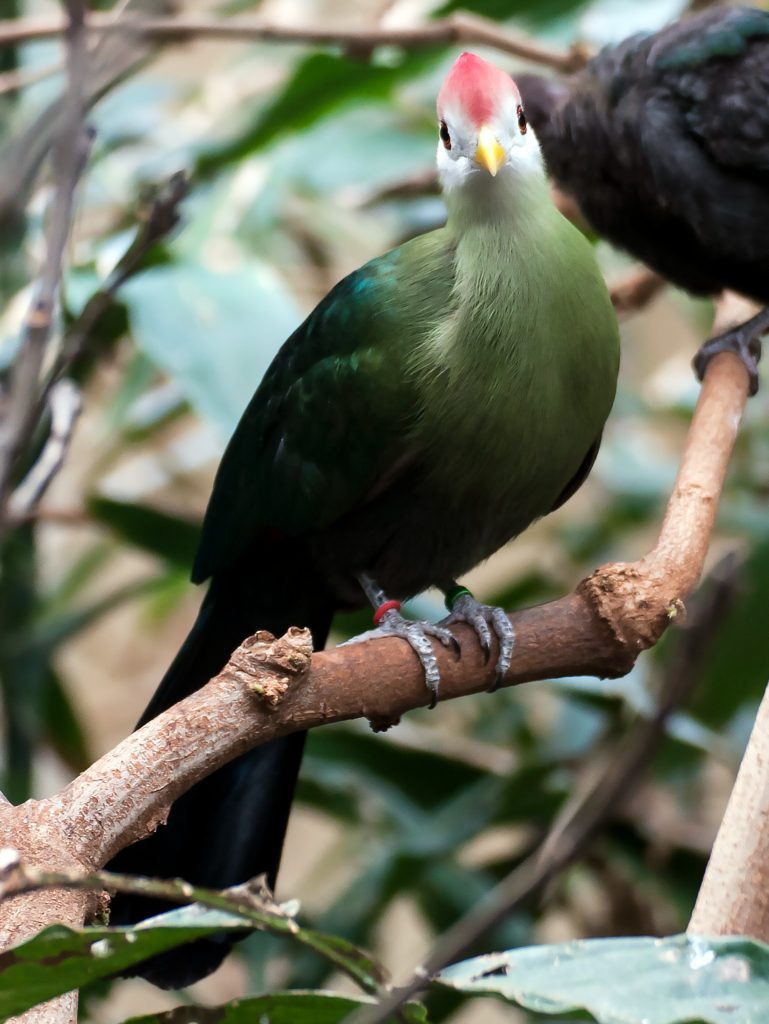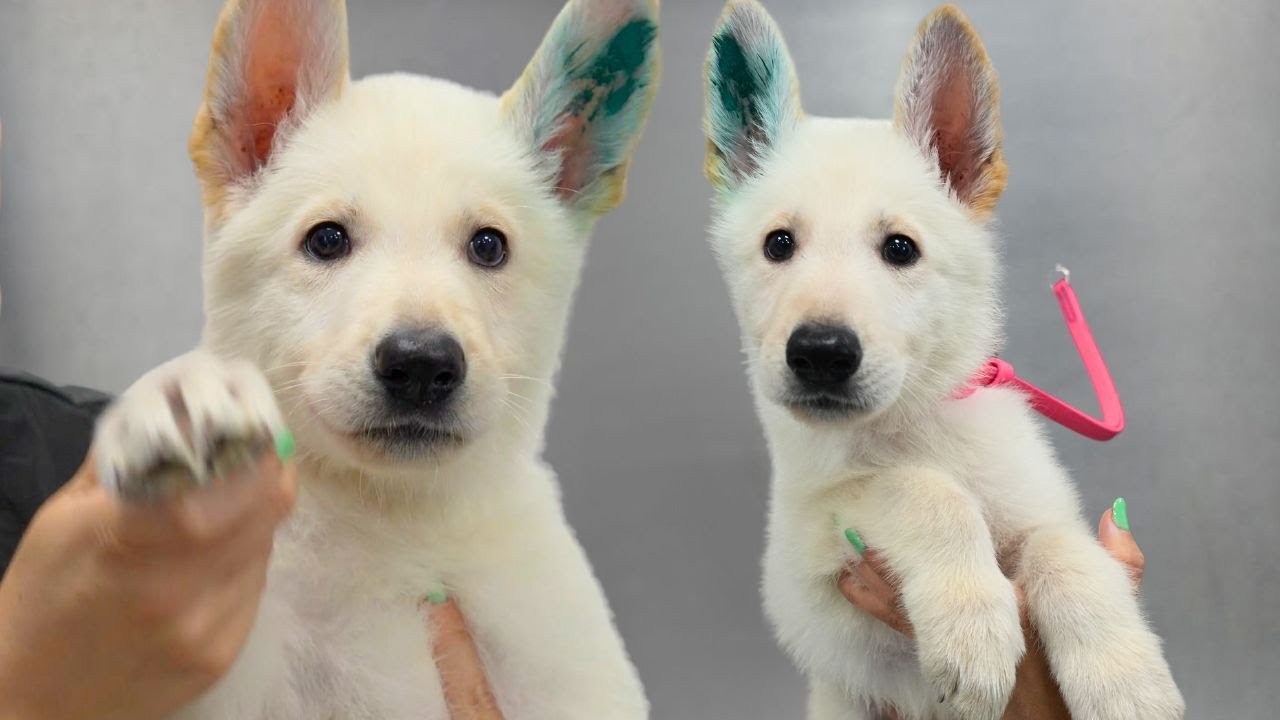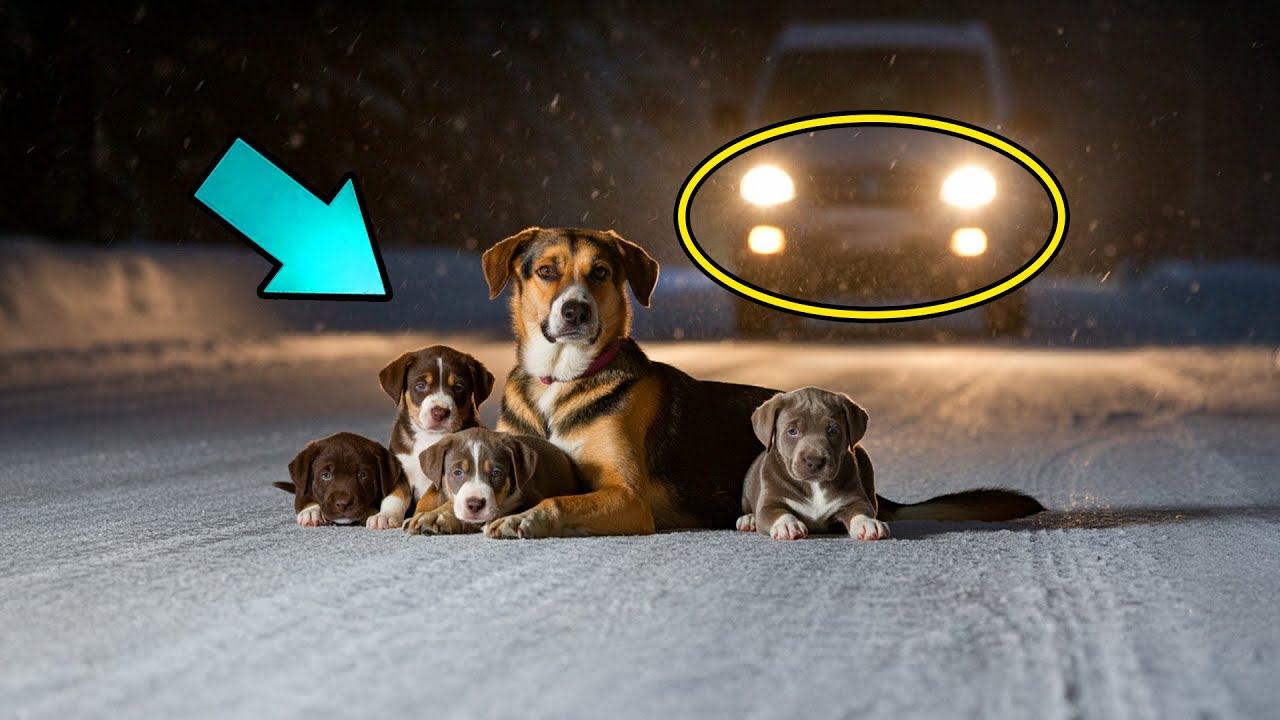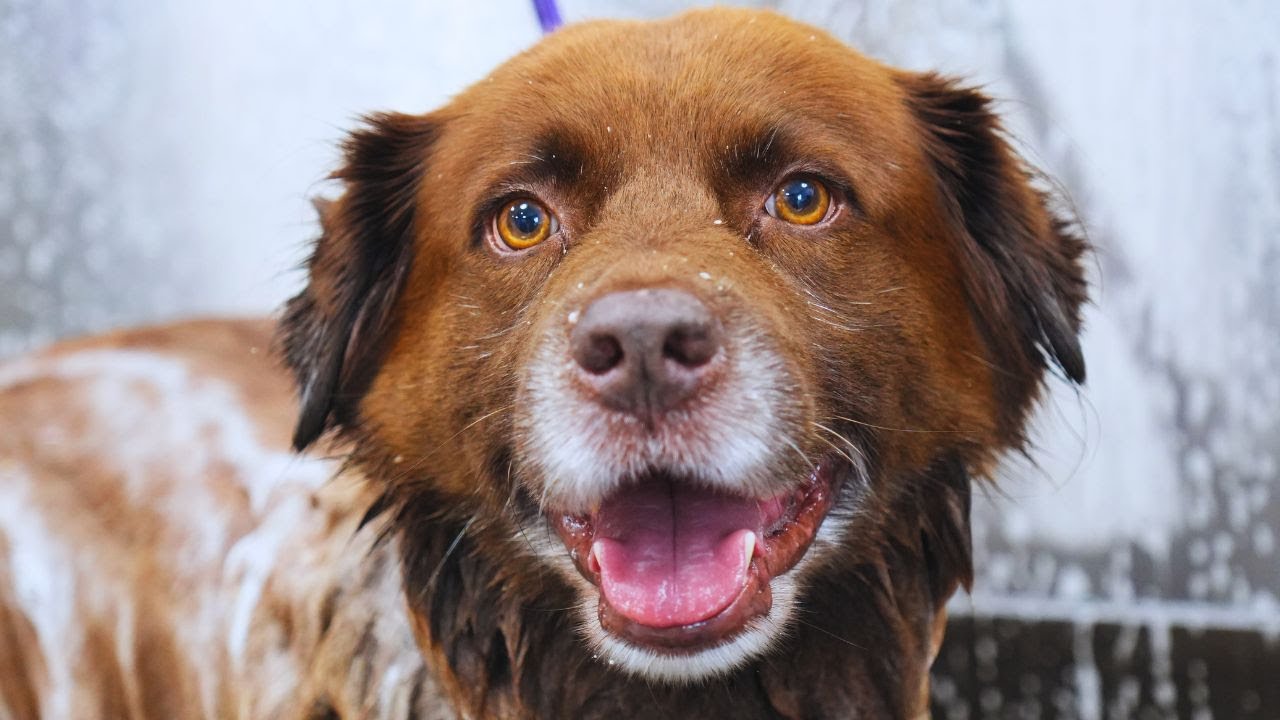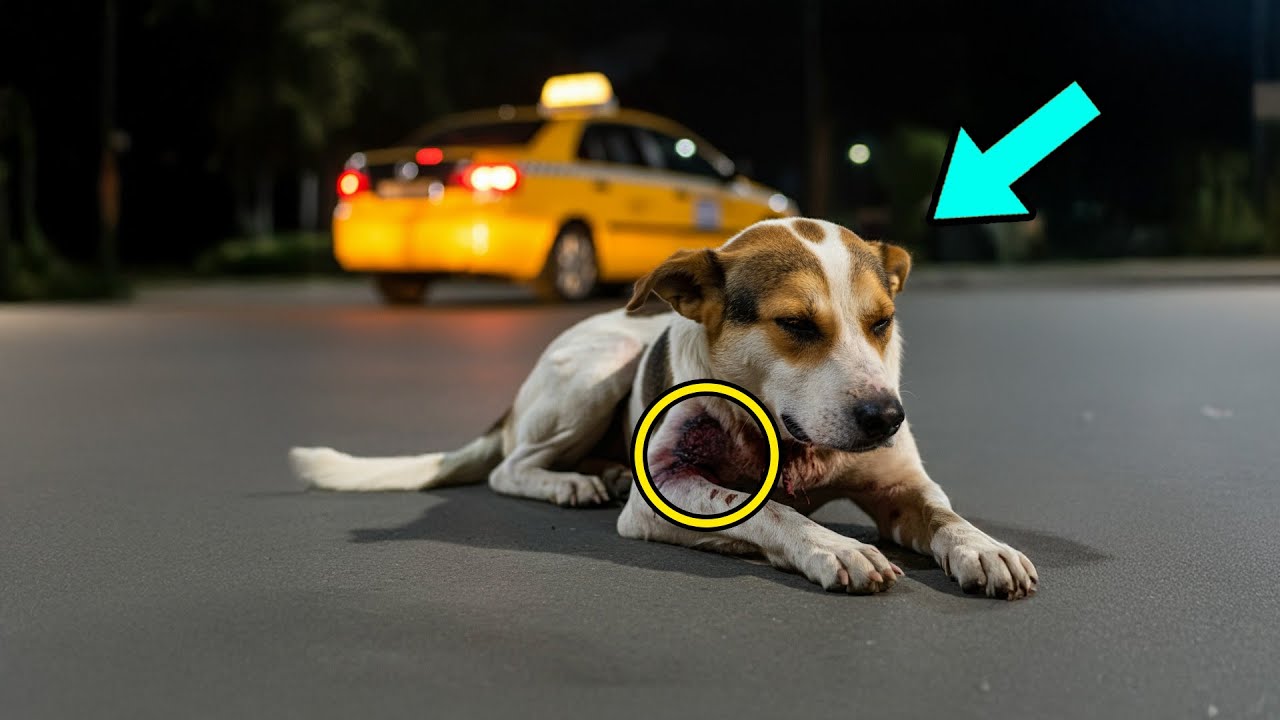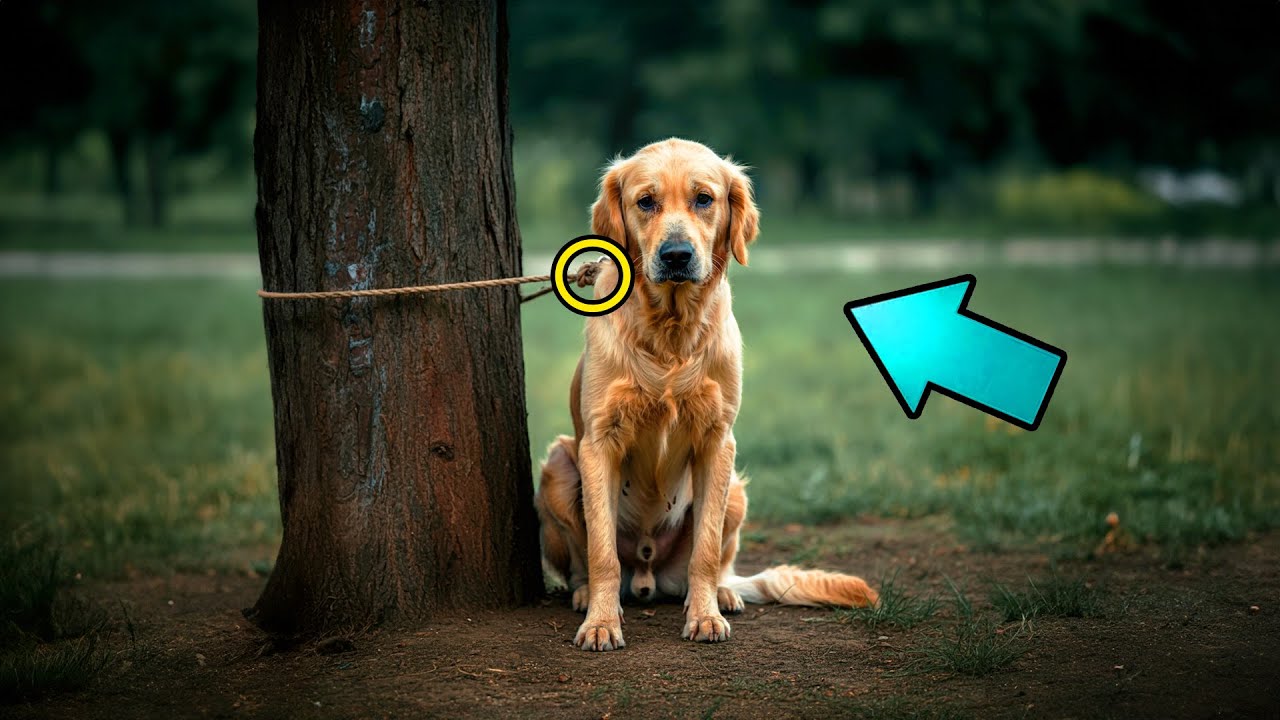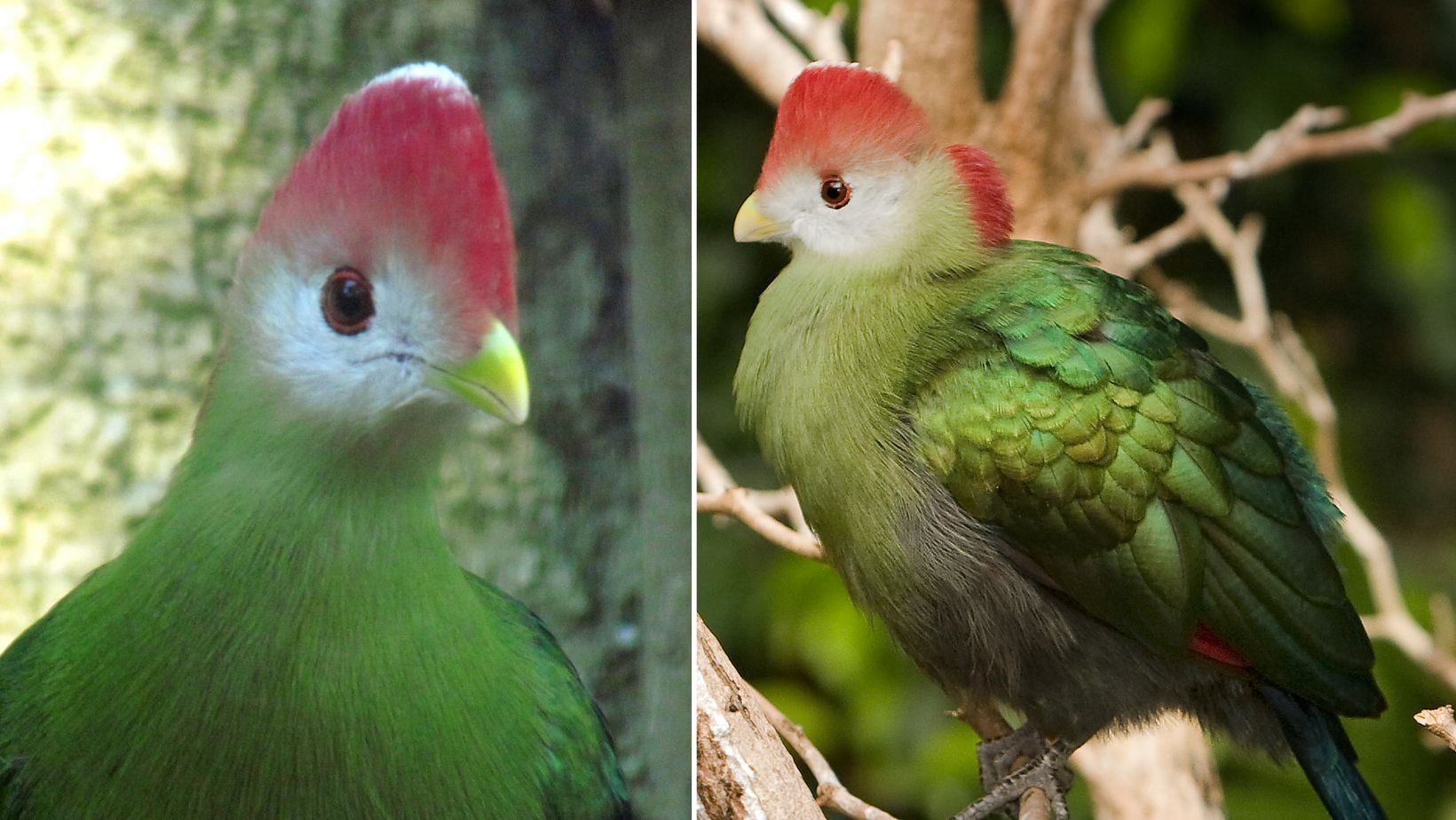
A long-tailed, green bird with a yellow bill, red crest extending down the nape, and a whitish face.
MEET THE RED-CRESTED TURACO
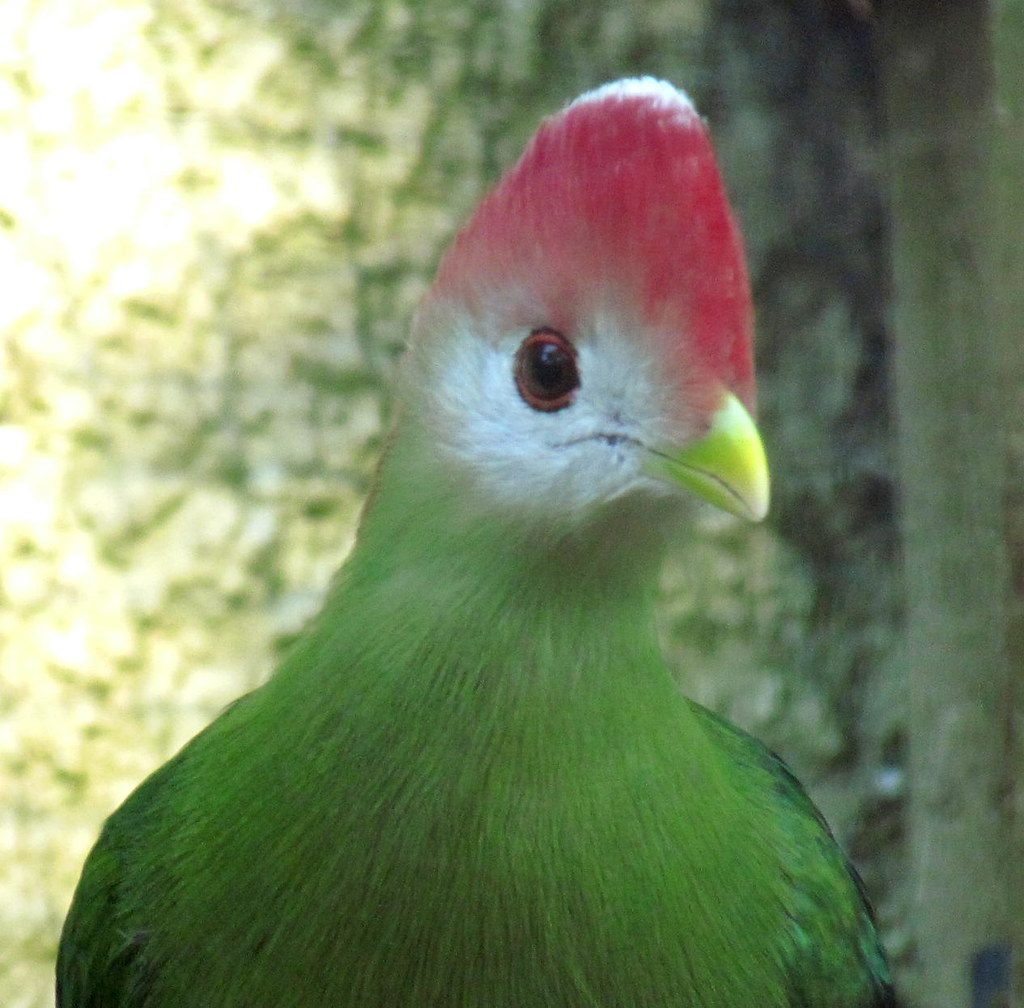
The red-crested turaco (Tauraco erythrolophus) is a medium-sized bird with mainly green plumage. Their face, however, is covered in white feathers which also surround red eyes. They have yellowish-green plumage on their breast and neck, while this tends to be greenish-black underneath. On top of their heads, they sport their famous namesake in the form of a red crest which is sometimes tipped with white. Wing feathers are colored blue, the tail being a similar color. The beak is yellow, legs and feet are colored black.
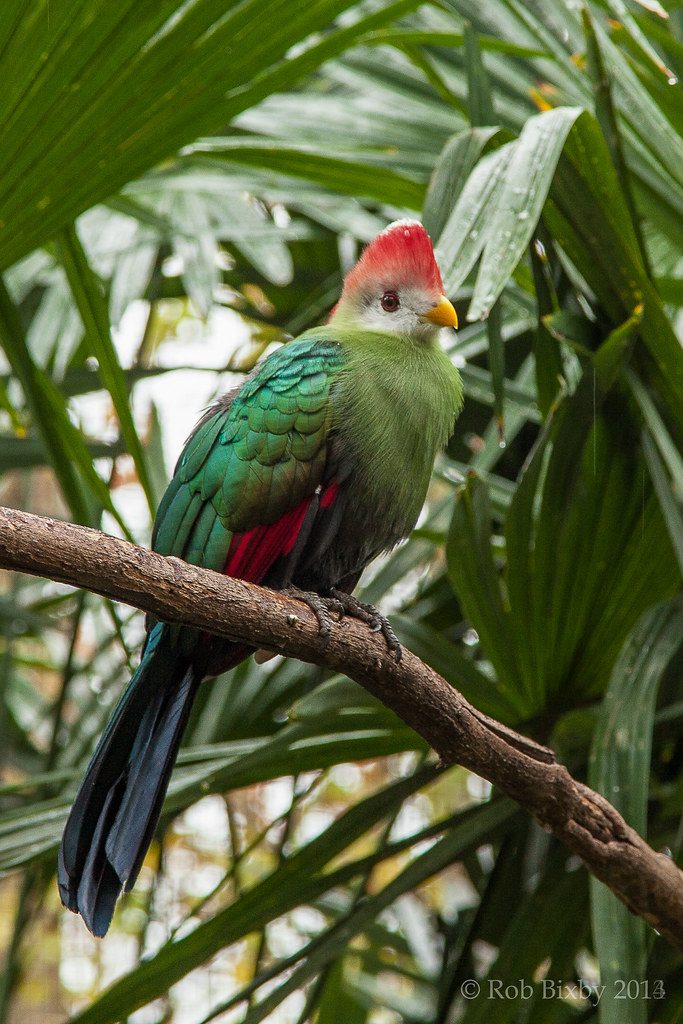
Both males and females look practically alike.
Red-crested Turaco makes a deep barking call which is slightly different between the 𝓈ℯ𝓍es. One call is higher-pitched than the other, this probably comes from the female. They are most vocal at dawn.
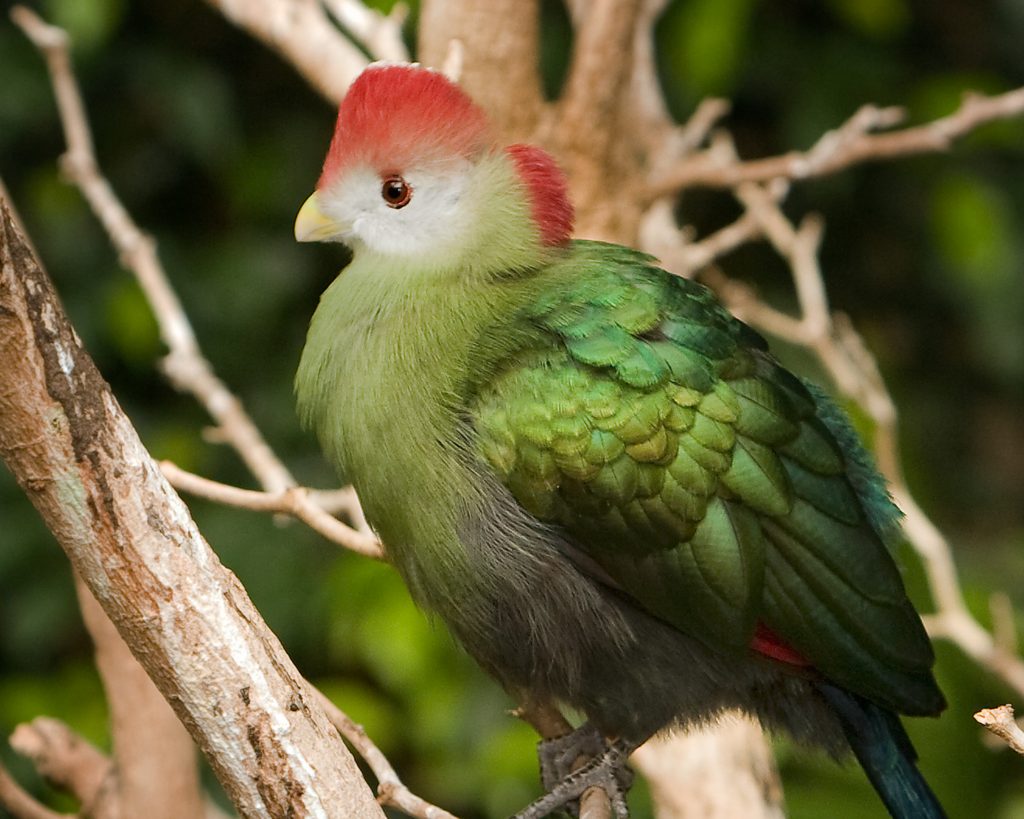
Red-crested Turaco is endemic to and found in Angola. It can also be found south of the Sahara, from Angola to Congo.
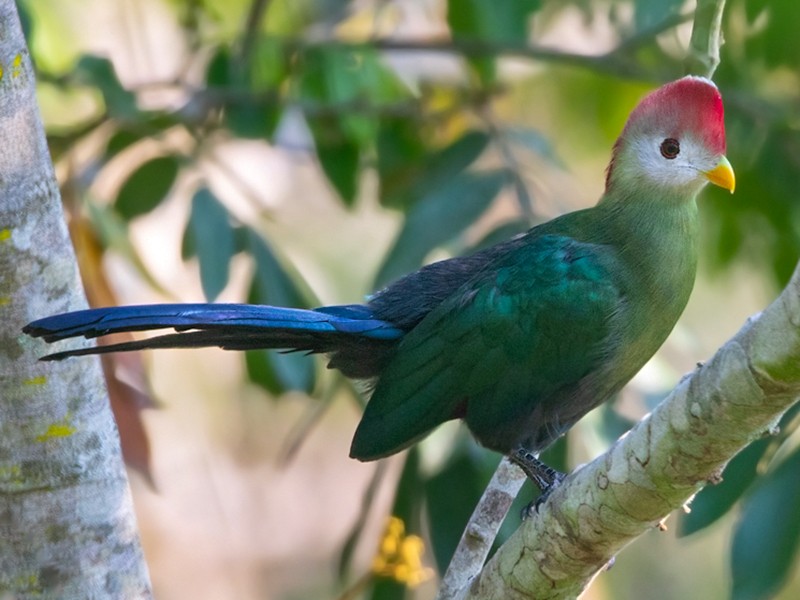
Being a forest bird, the Red-crested Turaco like to frequent, gallery-forests, forest edges, woodlands, savannahs, and grasslands with trees and bushes. They occupy mostly open woodlands.
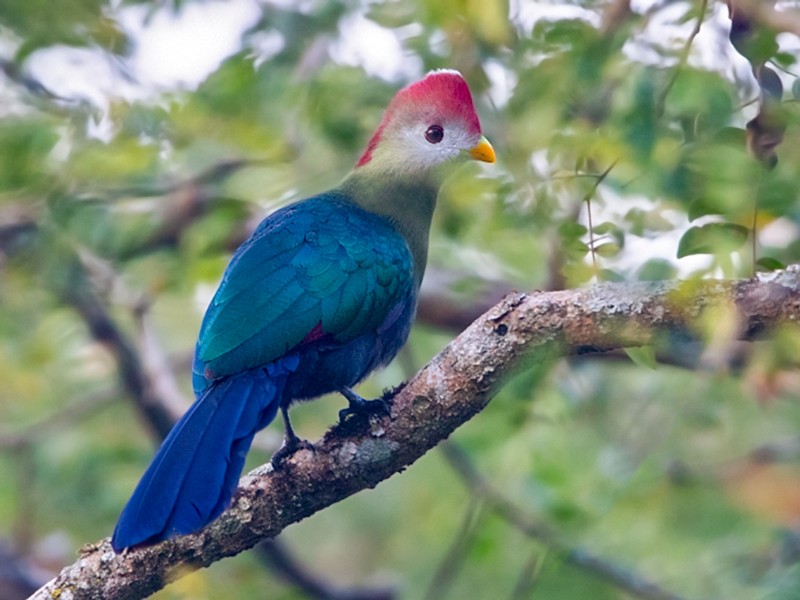
An omnivorous bird, they feed on a range of insects, fruits, nuts, leaves, flowers, seeds, acacia, and figs. They are able to eat berries that are poisonous to humans.
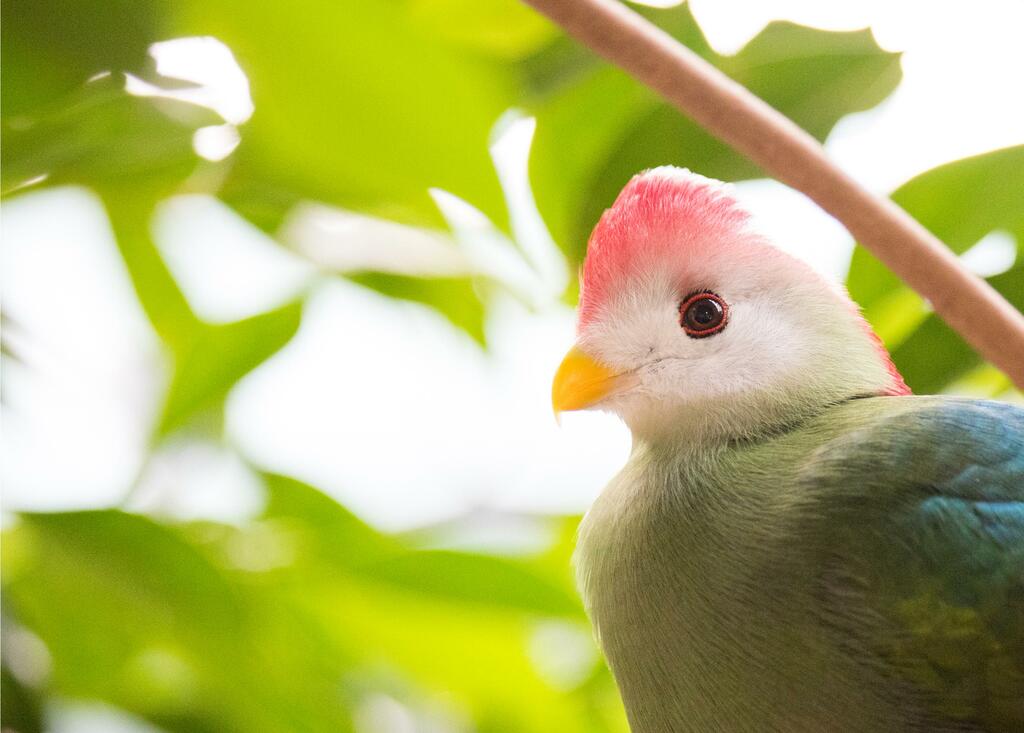
The red-crested turaco is monogamous and pairs work together to establish and maintain a territory. Males begin the courtship by feeding the female. Following a successful courtship, the female and male will both work to build a nest that is flat and formed from sticks and twigs. This tends to be located 5-20m (16.4-65.6ft) above the ground in a tree or shrub. Two to three eggs are laid within with both 𝓈ℯ𝓍es taking turns incubating. After hatching the parents will regurgitate food for the chicks. Fledging takes place within four weeks of the chick’s hatching.
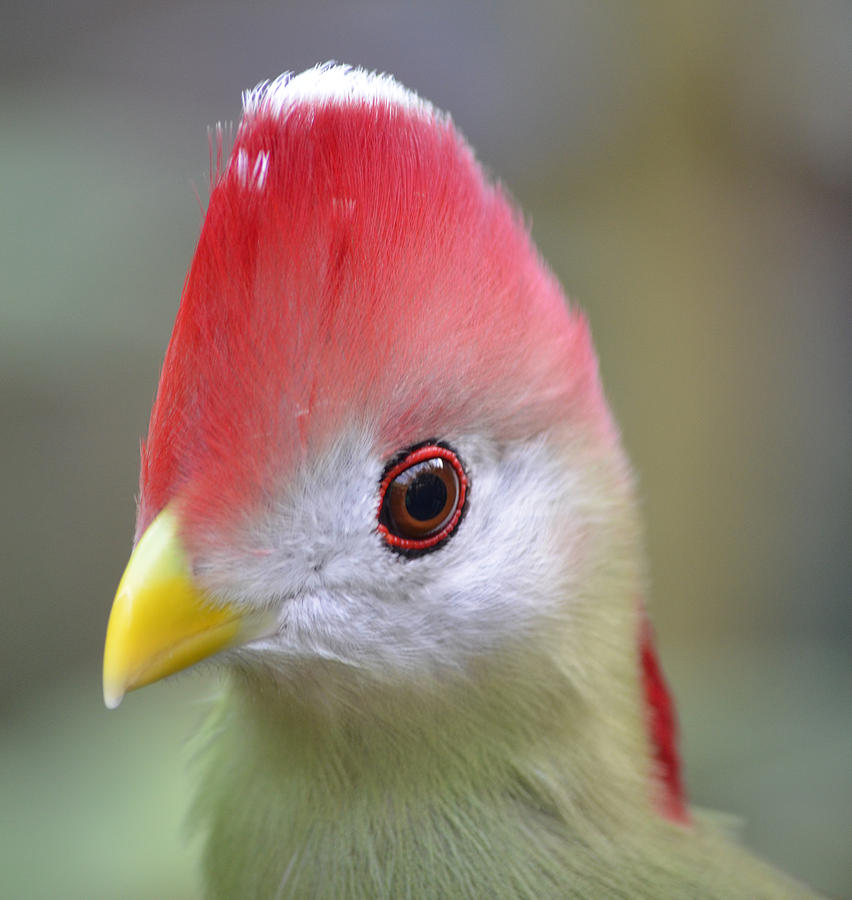
Red-crested turaco is considered a pest because they damage cultivated areas, but on the other hand, they also help in dispersing seeds. Deforestation also is an important threat for this bird, however, the Red-crested Turaco is common within suitable habitats at this time.
